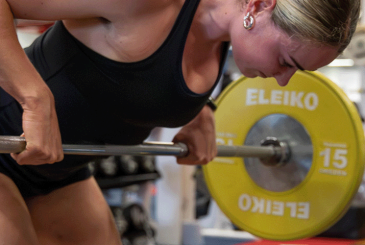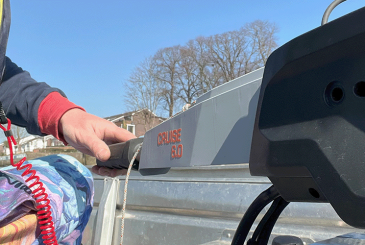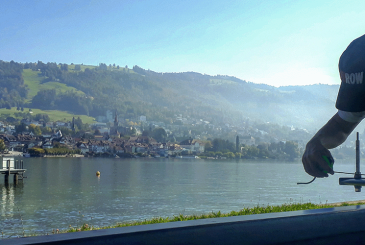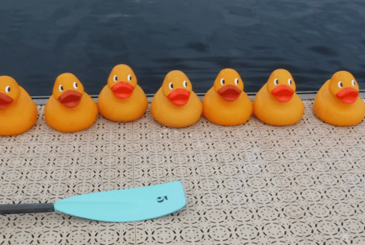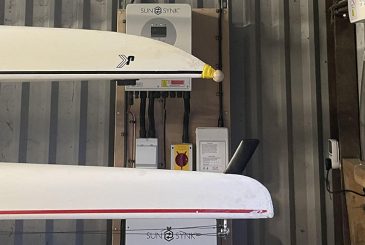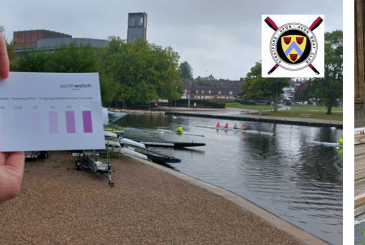Now boathouses are open, how can you make sure that even your oldest boats can go out on the water? In a new series, Karl Offord, Boatman for the GB Rowing Team, provides advice to get your fleet in tip-top condition
Cast your mind back to the darkest of hours of lockdown. We wished we’d been out on the water, hitting that sweet spot, those magical few strokes where the balance flow and synchronicity with the hull was, for just those few strokes, perfect. With the prospect of restrictions easing, we can dare to start planning, dreaming of a return to those warm summer evenings and the mirror-flat water again.
Now we can finally open the boathouse and check our boats, there’s one problem: someone has hung a laminated ‘out of order’ sign on the rigger of our boat. We’ve all been there, the sign that passes the task of repair to the boat fairy. The boat that often sits unloved at the back of the shed because that fiddly bolt is missing, slowly gathering moss and destined for capsize-drill duty before retirement.
“My main aim is to help with those boats that have the odd dink on those hulls that sit unloved”
But with social distancing on the horizon in some form for the foreseeable future, that boat may be our only way to get members out, to generate vital membership revenue or hook new members into our great community. Now, more than ever, it is time to give your fleet the attention it deserves – but I would say that, I’m a boatman!
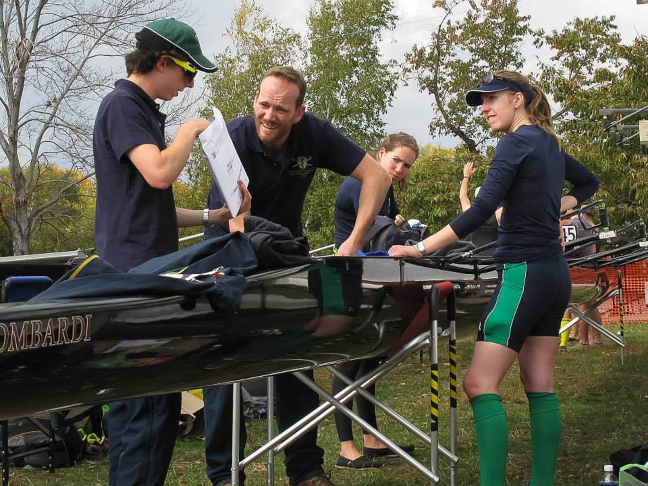
Over this series, I will give some insight into how I maintain the GB Rowing Team’s fleet and share some hints and tips on how to keep yours going. I’ll go over the basics in a range of areas from repairs to polishing and painting. All these things can be done with basic tools and inexpensive products.
At this point I have to be a little careful, I’m not looking to put boatmen out of business or try and save you thousands of pounds by doing it yourself. My main aim is to help with those boats that have the odd dink on those hulls that sit unloved, too old or worthless to justify spending money on, but now carry the responsibility of boating maybe one or two full memberships that might be vital to the club’s finances as you get back to business.
Equally, if you follow this series and think it is way too much for you, that’s absolutely fine! Knowing when to find professional help or park that project for a couple of months is not a failure. You can rest assured that you’ve done the right thing and above all at least you’ve researched it!
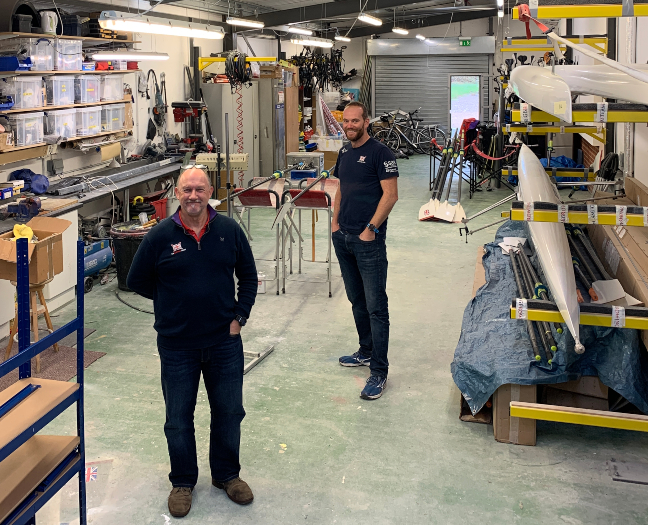
There is an increasingly passionate and talented group of boatmen setting up businesses, along with established companies out there, who all do superb quality work. Hit Instagram and you’ll find videos and pictures of their work – no doubt they are quietly chuffed with that big repair or that tricky paint blend that came out perfectly in the end. Above all, they’re proud of their work and will happily explain how your boat was fixed and the processes involved.
If budgets are tight and you need to shop around for quotes, then please don’t be afraid to ask questions. Many companies have pictures on their phones or on file of similar fixes and, in some cases, may even send you pictures of your boat being repaired at various stages in the workshop. Some may even invite you in for an hour or two and put the kettle on (COVID restrictions allowing of course).
But we’re going to have a crack at it first I hear you cry! Please don’t dive in with your top race boat, ideally find a bit of a broken boat and practise, practise, practise.
Let’s start by getting the bits you need.
What’s in the toolbox
Not much, it varies a little depending on the boat make with some imperial sizes on older and North American manufacturers, so the basics below will get you a long way…
- 10mm/13mm combination spanner
- Large adjustable spanner (up to 25mm) x 2
- Socket set
- Screwdriver set (basic one that includes a T20 bit for your blades)
- WD40 lubricant.
Repairs
We use a combination of online, manufacturer-specific and local car-paint suppliers. The latter offers ‘own brand’ versions of many of the items such as polish, sandpaper and colour- matched paint. Getting the correct paint code makes all the difference. For example, the standard Janousek white is Mipa T90. You can contact the boat manufacturer directly and they might have some of the bits in stock to get you started, or they should be able to point you in the right direction to get them.
Here is what you will need:
- Epoxy resin
- Disposable cup and stirrer (upcycled old coffee cups work)
- Glass bubbles (microspheres)
- Glass weave (25g scrim cloth)
- Filler
- Paint and primer (circa £15 each)
- Cutting compound (fast cut)
- Sandpaper (80, 360, 1500 grit)
- Polishing cloths
That’s it!
In the next instalment, I’ll show you how to do a basic repair from start to finish.



